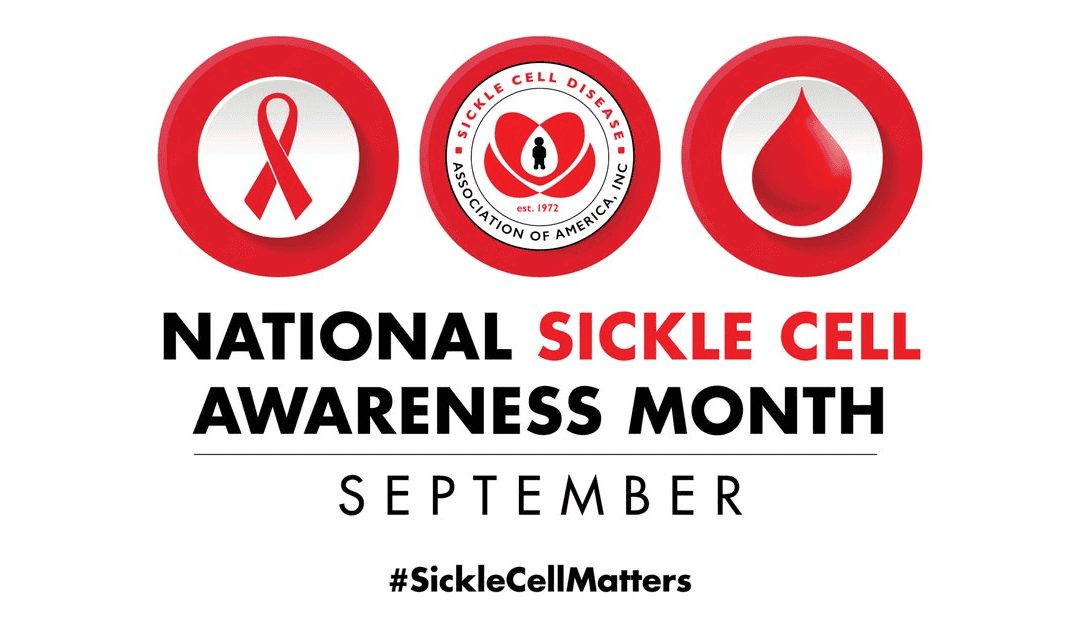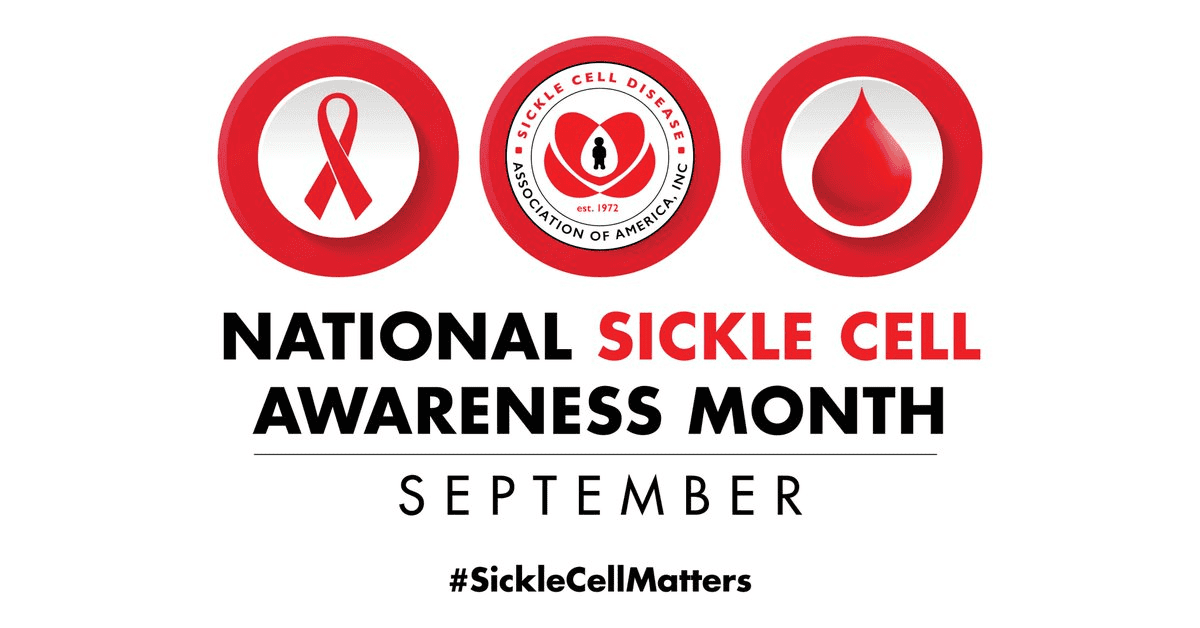
Sickle Cell Disease (SCD) is a genetic blood disorder that causes red blood cells to become misshapen, leading to various health complications. We aim to provide our community with the latest information on the diagnosis, treatment, and management of SCD. Here are some important facts and findings from recent research:
The article, “Sickle Cell Disease—Genetics, Pathophysiology, Clinical Presentation and Treatment” by Inusa et al. (2019) provides a comprehensive overview of sickle cell disease (SCD), emphasizing its genetic basis, pathophysiology, clinical manifestations, and treatment options. SCD is caused by a single base-pair mutation in the β-globin gene, leading to the substitution of valine for glutamic acid in the β-globin chain (Inusa et al., 2019). This mutation results in the production of abnormal hemoglobin S, which polymerizes under low oxygen conditions, causing red blood cells to become rigid and sickle-shaped (Inusa et al., 2019).
The article highlights the phenotypic variability in SCD, noting that clinical presentations can range from mild to severe, influenced by factors such as genetic modifiers and environmental conditions (Inusa et al., 2019). Key clinical features include vaso-occlusive crises, acute chest syndrome, and chronic organ damage (Inusa et al., 2019). The review also discusses the role of hydroxyurea, which increases fetal hemoglobin levels and reduces the frequency of pain episodes and other complications (Inusa et al., 2019). Emerging therapies, such as gene therapy and new pharmacological agents, are also explored, offering hope for more effective treatments (Inusa et al., 2019). The authors stress the importance of newborn screening for early diagnosis and intervention, which can significantly improve patient outcomes (Inusa et al., 2019).
Recent advancements in the diagnosis and treatment of sickle cell disease (SCD) have significantly improved patient outcomes. Here are some key findings from a review by Brandow and Liem (2022):
- New therapies such as l-glutamine, Crizanlizumab, and Voxelotor offer alternatives to Hydroxyurea, the traditional disease-modifying therapy. These treatments help manage acute and chronic pain, cardiopulmonary disease, central nervous system disease, and kidney disease (Brandow & Liem, 2022).
- Additionally, advancements in hematopoietic stem cell transplants have improved survival rates for patients with matched sibling donors (Brandow & Liem, 2022).
- The review highlights that five-year event-free and overall survival rates remain high for individuals undergoing allogeneic hematopoietic stem cell transplants (Brandow & Liem, 2022).
- Newer approaches to graft-versus-host disease (GVHD) prophylaxis and the incorporation of post-transplant cyclophosphamide have improved engraftment rates and reduced GVHD, allowing for alternative donors for individuals without an HLA-matched sibling (Brandow & Liem, 2022).
Understanding Patient Distress
Living with sickle cell disease (SCD) can be incredibly distressing for patients. A study by Childerhose et al. (2024) highlights that the most profound sources of distress include clinical encounters in emergency departments and intermediate care centers. Patients often feel they need to “perform” their pain to be taken seriously by healthcare providers, which is exacerbated by stigma and racism (Childerhose et al., 2024).
- The study suggests that listening to patients and adopting a biopsychosocial model can help reduce distress and improve care (Childerhose et al., 2024).
- The research team conducted one-on-one semi-structured interviews with study participants, revealing that patients lack a sense of control over their pain management plan (Childerhose et al., 2024).
- The study emphasizes the need for healthcare providers to consider how clinical settings and practices foster distress and to adopt participant recommendations to reduce distress associated with seeking pain treatment in acute care settings (Childerhose et al., 2024).
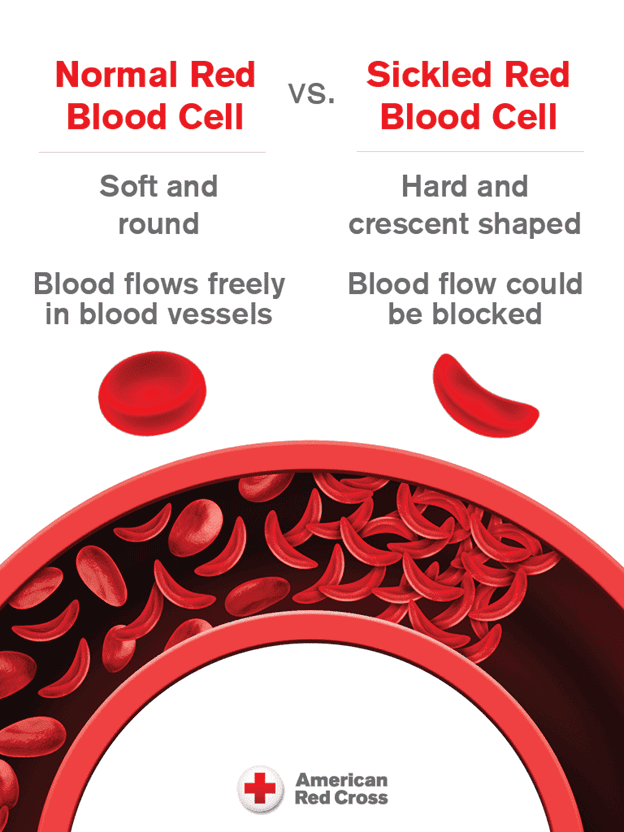
A Possible New Treatment
Exciting developments in potential treatments for sickle cell disease (SCD) have emerged from research at Novartis Biomedical Research. A study published in Science details the discovery of a molecular glue degrader of the WIZ transcription factor, which induces fetal hemoglobin production (Ting et al., 2024).
- This new treatment, tested in animal models, significantly increased fetal hemoglobin levels, potentially reducing symptoms in humans (Ting et al., 2024).
- The researchers found that administering the compound raised fetal hemoglobin levels from a baseline of 17% to 45% in animal models, a level that could greatly reduce symptoms in humans (Ting et al., 2024).
- Further testing is required to ensure that the compound does not produce any negative side effects, but this development offers hope for a more effective and accessible treatment option (Ting et al., 2024).
- This breakthrough could revolutionize the way SCD is managed and treated in the future (Ting et al., 2024).
This Sickle Cell Awareness Month let’s come together to support those affected by Sickle Cell Disease. We hope this information helps raise awareness and understanding of SCD. Together, we can support those affected by SCD and work towards better treatments and outcomes.
References
- Brandow, A. M., & Liem, R. I. (2022). Advances in the diagnosis and treatment of sickle cell disease. Journal of Hematology & Oncology, 15, 20. https://doi.org/10.1186/s13045-022-01237-z
- Childerhose, J. E., et al. (2024). “I can’t cry on cue”: Exploring distress experiences of persons with sickle cell. SSM – Qualitative Research in Health. https://doi.org/10.1016/j.ssmqr.2024.100426
- Inusa, B. P. D., Hsu, L. L., Kohli, N., Patel, A., Ominu-Evbota, K., Anie, K. A., & Atoyebi, W. (2019). Sickle cell disease—Genetics, pathophysiology, clinical presentation and treatment. International Journal of Neonatal Screening, 5(2), 20. https://doi.org/10.3390/ijns5020020
- Ting, P. Y., et al. (2024). A molecular glue degrader of the WIZ transcription factor for fetal hemoglobin induction. Science. https://doi.org/10.1126/science.adk6129
FullScript Products:
Integrated Holistic Solutions PLLC partners with FullScript to offer over 10,000 medical-grade health and wellness items through an online dispensary which can be found at: https://integratedholisticsolutions.com/fullscript/
We are offering 25% off the first order for all new customers. Some products that could be beneficial for those affected by Sickle Cell Disease include:
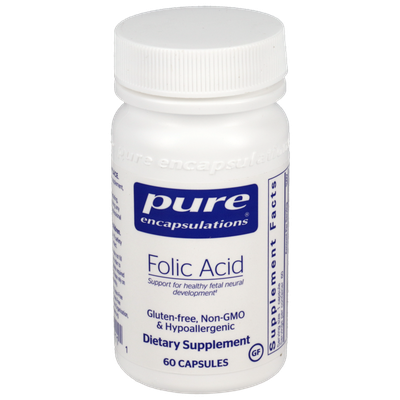
Pure Encapsulations Folic Acid:
Folic acid supports the breakdown and utilization of proteins. It also helps the growth and reproduction of healthy blood cells. Folic Acid is necessary for the growth and reproduction of red and white blood cells, the formation of nucleic acids, the conversion of homocysteine to methionine, and the production of gastric HCl.

Nordic Naturals ProOmega 3-6-9
Nordic Naturals ProOmega 3-6-9 provides high-intensity, full-spectrum essential fatty acid support by combining concentrated omega-3s EPA and DHA from fish oil, with GLA from borage oil, and omega-9. This supplement is rich in essential fatty acids known for their anti-inflammatory properties. Omega-3’s can help reduce inflammation and support cardiovascular health, which is particularly beneficial for those with SCD.
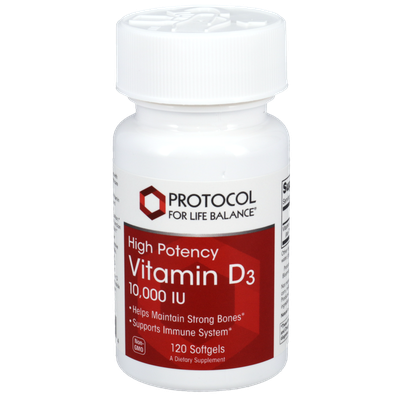
Protocol for Life Balance Vitamin D3
Protocol for Life Balance Vitamin D3 is vital for immune function and bone health. This supplement provides a potent dose of Vitamin D3 ensuring optimal absorption and effectiveness.
These statements have not been evaluated by the Food and Drug Administration. These products are meant for general use only and are not intended to diagnose, cure, treat, or prevent any disease. Any decision to use supplements to support your specific needs should be considered in partnership with your licensed healthcare practitioner.

